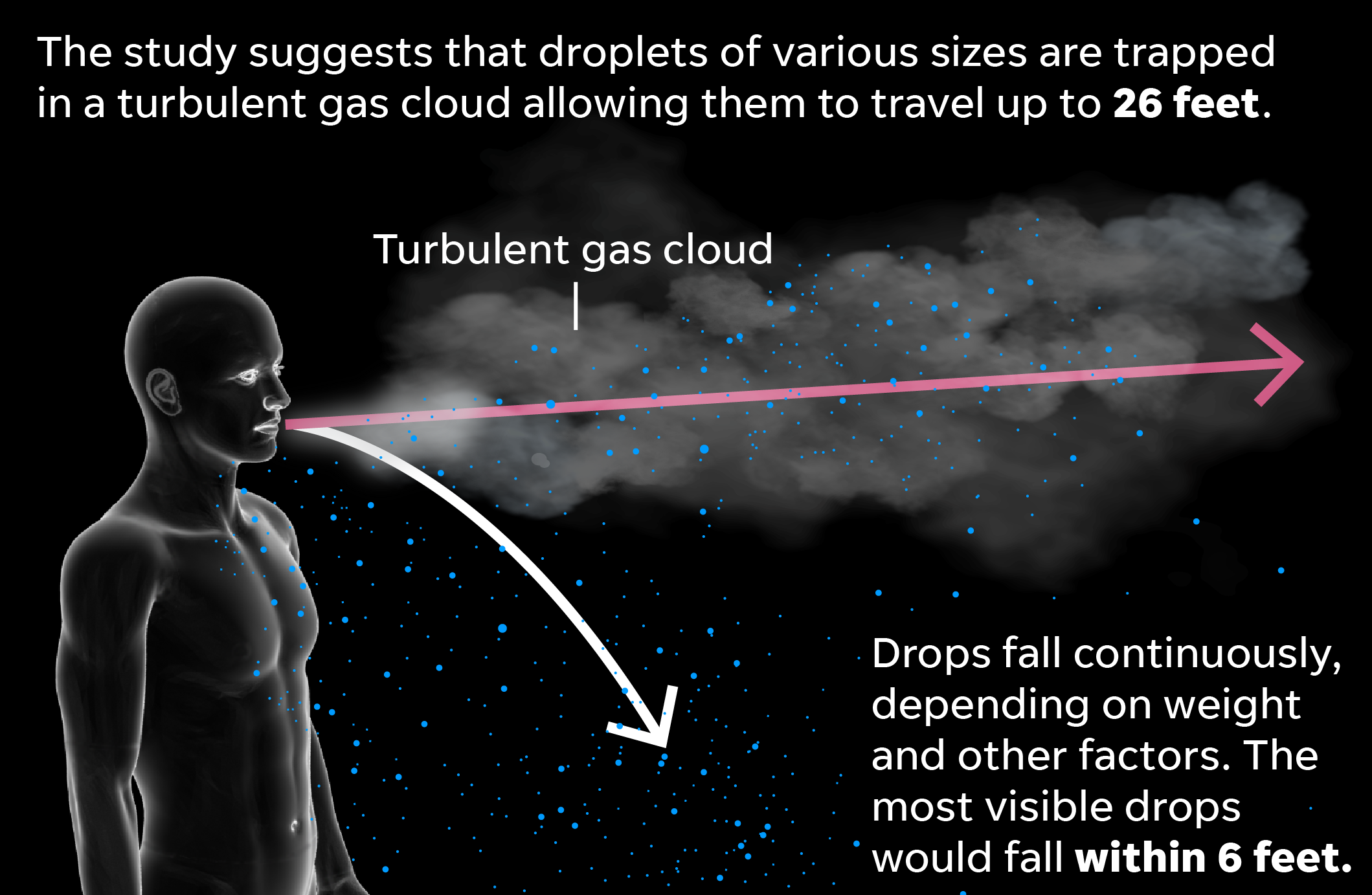COVID-19
(and how we are keeping you safe in our office)
Source: Practiceupdate.com
How Covid is thought to spread:
The novel Corona virus, SARS-Cov-2, the virus which causes the disease Covid-19, is thought to primarily spread from person to person via the droplets which emit from our mouths and noses when we speak, cough, sneeze and even breath. If you ever felt someone’s spit land on your face when you are talking in close proximity to them, that is exactly one way how Covid spreads.
The virus, which can only multiply by using another animal’s cell machinery (because viruses have none of their own), lands on us and gains entry into our cells through something called the “ACE2” receptor. ACE2, which stands for angiotensin-converting enzyme 2, is a protein that sits on the surface of many types of cells in the human body, including in the heart, gut, lungs, and inside the nose. The ACE2 enzyme fits like a “key” into the ACE2 receptor “lock.” When the lock and key come together, it triggers a pathway that regulates blood pressure, wound healing, and inflammation. Unfortunately, the novel corona virus is like a“key” that also fits into the ACE2 receptor “lock” and that’s where the trouble begins….The virus enters our cells, hijacks their machinery, and starts to multiply!
Droplets vs Aerosols
A huge point of contention is whether or not covid spreads through “aerosols.”
Aerosols are the fine mist that accompany droplets. Aerosols stay in the air longer (droplets fall faster) and therefor, aerosols can be carried farther distances in a breeze. The question is, do aerosols alone carry a high enough concentration of virus particles to get you sick?
The answer is, we don’t know yet. It’s therefor our responsibility to assume that aerosols are dangerous in the dental setting, and find ways to protect our patients from both the droplets that fall as well as any aerosols that may remain in the air.
Above and beyond standard universal precautions…
In order to effectively clean each operatory, especially after an aerosol producing procedure, we have incorporated some stop gaps and some really cool safety measures.
We keep doors closed whenever there is a patient in the room. That prevents the air from mixing.
We have HEPA air filters running at all times in every room.
We wait 15 minutes for all the aerosols and droplets to settle before we start cleaning the room after each patient.
After we clean each room with EPA registered disinfectants and change all the barriers, WE FOG THE ROOM with freshly made Hypochlorous acid! Any surfaces that may have escaped our imagination (think under the chairs etc.) get moistened with our non toxic and highly effective solution. This stuff is 70-100x more effective than bleach!


